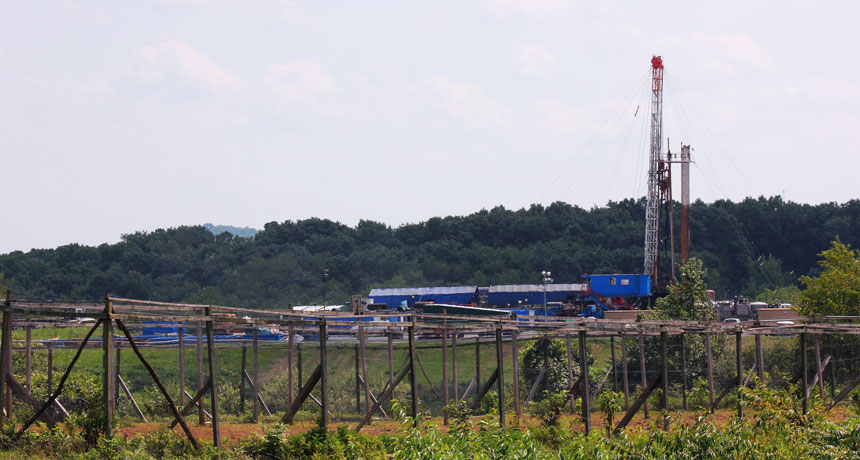EPA boosts estimate of U.S. methane emissions
Contributions from natural gas, oil and landfills rise

METHANE MISMATCH A new report by the Environmental Protection Agency revises upward its estimates of U.S. methane emissions, such as those from natural gas wells, by more than 3.4 million metric tons.
WCN 24/7/Flickr (CC BY-NC 2.0)







